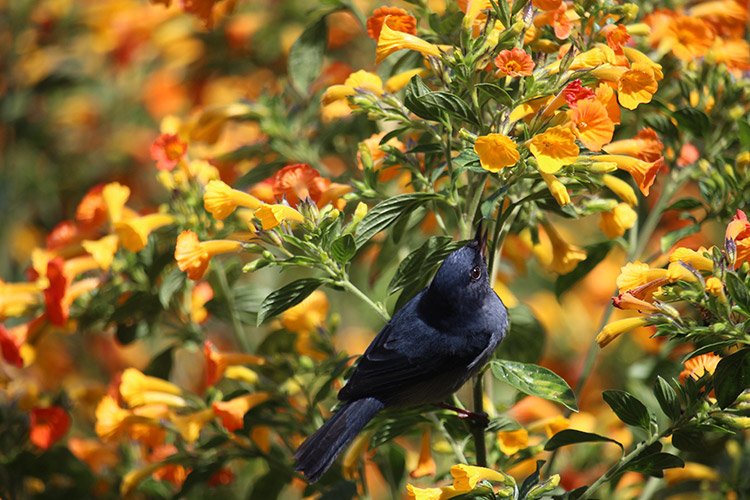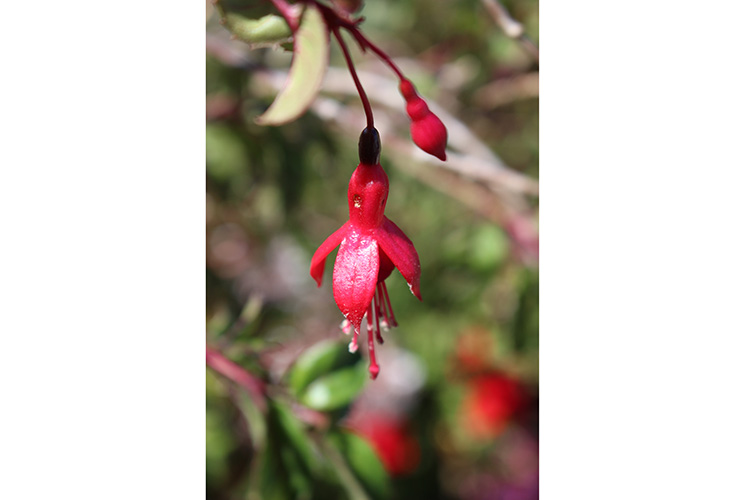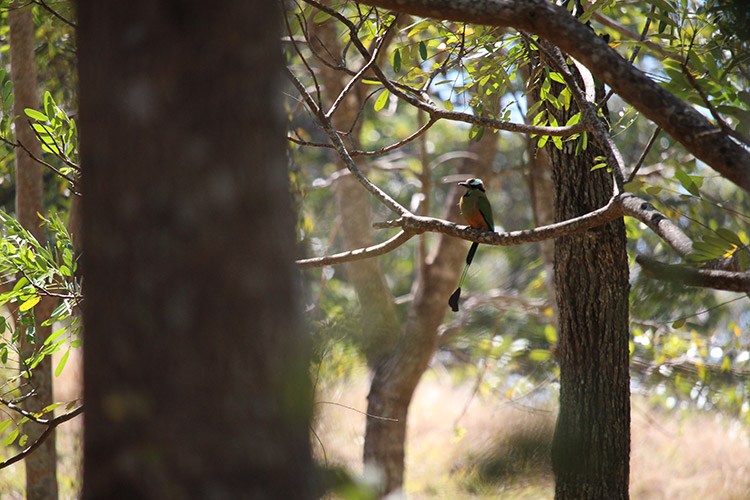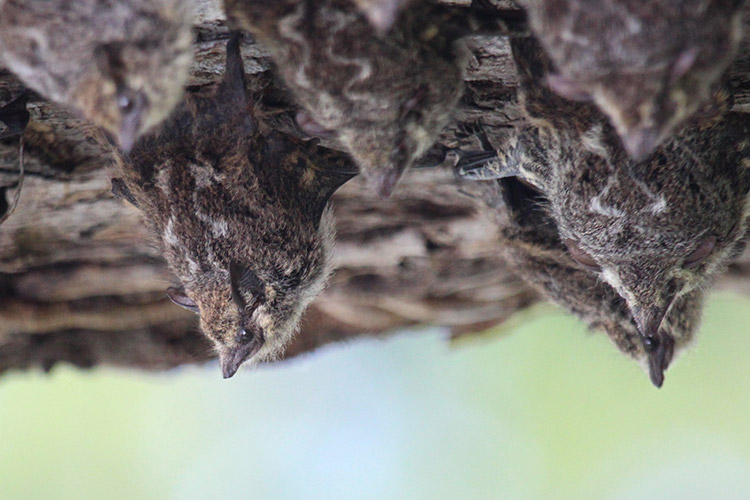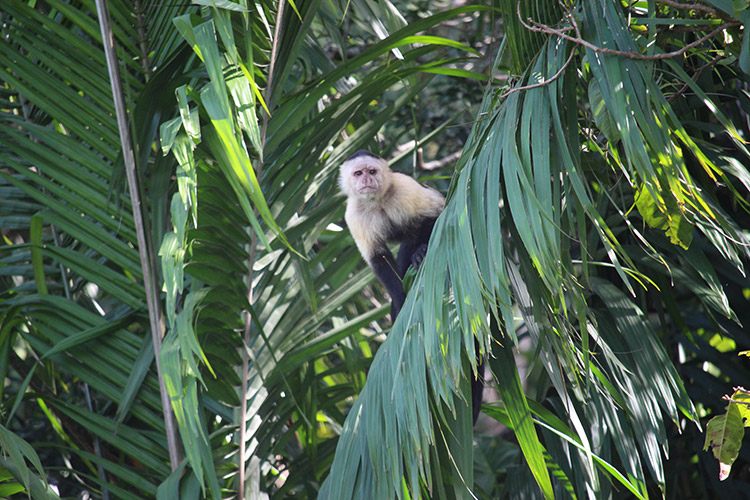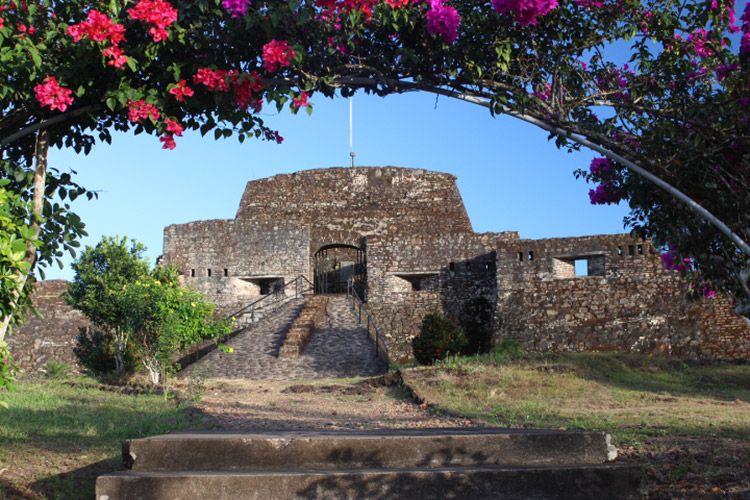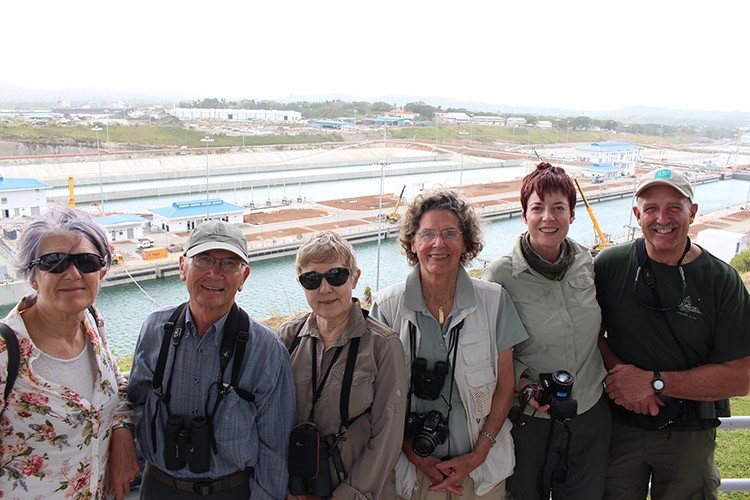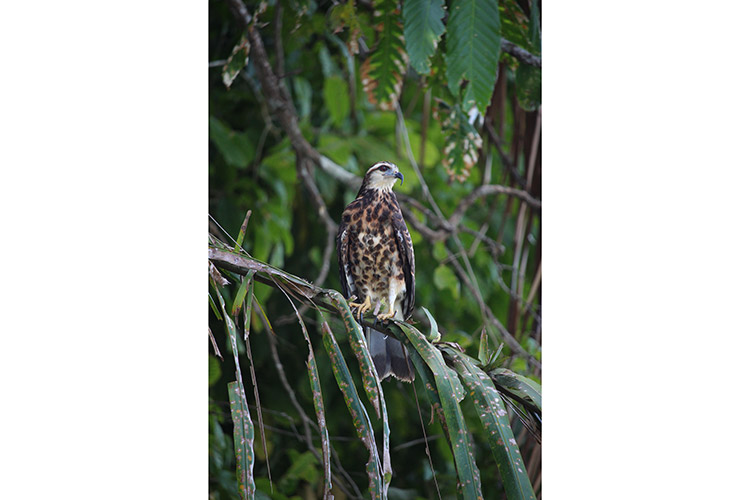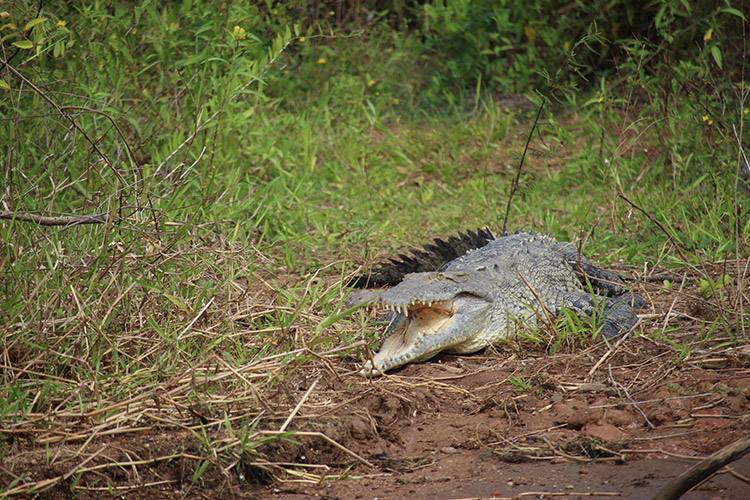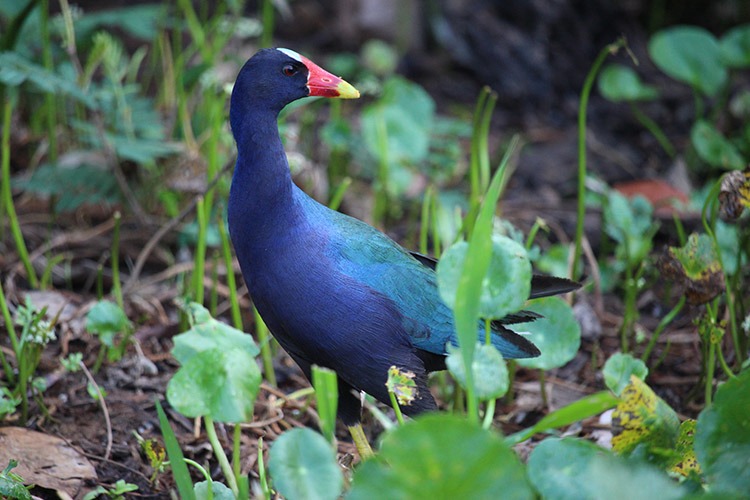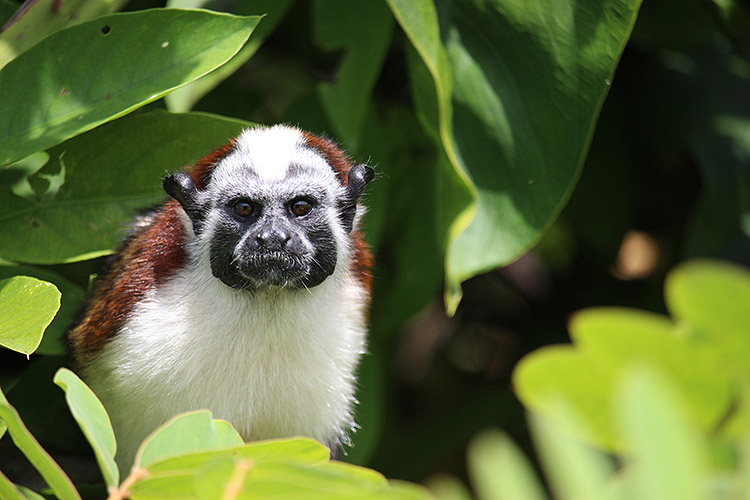Field Journal: Panama and Nicaragua Tour 2016
Posted by Kevin Clement
in Americas and Expeditions
Our Nicaragua and Panama tour was so action-packed, contained so many elements, and encompassed so many contrasting experiences, that it embodied a number of themes. One of these was the history of the Panama Canal, which was originally and enthusiastically planned as a Nicaraguan Canal by the United States (and from an engineering, economic, and worker-health standpoint, this would probably have been a much better choice). Another theme was the crossing of a biogeographical frontier, as we traveled down the land bridge and passed the biological boundary between North and South America, and watched the mix of species change around us.
But as I sort through my too-many photos from the trip, the theme that occurs to me is one of avian adaptation. I am struck by the fact that, of the more than 200 bird species we saw on our journey, so many of them are so highly-specialized and decidedly-adapted to fit their own unique ecological niches. Here are a few examples of what I mean.
On the lower slopes of the Volcan Mombacho, we suddenly found ourselves staring at the astonishingly beautiful Turquoise-browed Motmot, national bird of Nicaragua. We were lucky to spot it—despite their outrageous coloration, their habit of sitting motionless for long periods makes them difficult to find. As if their lustrous colors weren’t impressive enough, they also have an incredibly showy tail. Two of their tail feathers become ridiculously elongated and then lose their barbs for part of their length, leaving bare feather shafts—until right at the end, when colorful “racquets” sprout forth.
Such ostentatious accoutrements are designed to demonstrate to potential mates that they are fit, healthy, and such good hunters (of flying insects) that they have excess energy to use in producing unnecessary ornamentation. And according to recent research, the racquets serve another purpose as well: interspecies communication. When a motmot spots a stalking predator, it wags its tail like a flag. This serves to notify the predator that the bird is aware of them. That way the stalker will not bother to continue its approach, and the motmot can get back to feeding. This is what’s called a pursuit-deterrent signal.
While cruising in our private boat through island-dotted Gamboa Lake, alongside the Panama Canal, we came across several Snail Kites (as well as a wide variety of other birds, three species of monkey, and huge crocodiles). Seldom if ever have I seen one of these remarkable birds so close or so well. And when you do see one that way, its most striking feature is its almost-absurdly curved and pointed beak. If you asked a young child to draw a bird with a hooked beak, they might come up with something like a snail kite.
The reason that the bird needs such a specialized attachment is implied by its common name. In the neotropics there is such massive diversity that there is an assortment of sizes and shapes within almost every category of life—including snails. Snails there range from ones that would fit on your smallest fingernail to ones the size of your fist. The larger ones, like the so-called apple snail, make fine fare for a raptor—if he has the proper tool to get them out of their protective spiraling shell. That tool is a very long, curved, pointed beak that can follow the inner contours of the shell and pluck the animal out. Later, we watched a kite do just that.
Walking through the garden of our mountain lodge in the highlands of Chiriqui, movement caught our eyes in the flower-laden bushes around us. Always in motion, hopping and scrambling through the foliage, was a nondescript dark gray bird: a Slaty Flowerpiercer. Nondescript, that is, except for its beak, which is even more oddly-shaped—and therefore highly-adapted—than that of the Snail Kite. It curves upward, so that if the bird were to hold its head level, the end of it would be higher than its eye. What’s more, the tip of the upper mandible turns abruptly down into a sharp hook, while the lower mandible hooks upward. The two parts don’t even seem to mesh properly, and the bird can’t even really close its mouth.
Of course this seemingly-fanciful design has a very practical application, which has to do with the design of flowers. If you’re a flower growing in a place of enormous diversity, it behooves you to focus in on one single pollinator, one that will visit only members of your own species, and provide it with exactly what it needs. You must also try to exclude all other would-be pollinators. Flowers do this in various ways: with hidden nectaries, long narrow nectar tubes, spring-loaded trapdoor entrances, etc.
But Flowerpiercers cheat the system. Their uniquely-shaped bills allow them to drill into the base of a flower from the side and simply steal the nectar. They circumvent the plant’s built-in protections and abscond with its treasure, without doing the job of pollination. They don’t play fair. As I looked more closely at the fuchsia blossoms dangling around me, the evidence of the crime became clear: tiny half-healed holes neatly bored into the base of practically every flower.
What is most fascinating to me to contemplate is the first bird that was hatched with a beak like that, whenever that may have been. It was a mutation, one that amounted to a deformity. Aberrations like that occur all the time in every species, and the vast majority of them are quickly fatal to the unfortunate individual. But every once in a great while, the deformity actually turns out to be useful—and a new species is born. In evolutionary biology, such unlucky lucky specimens are known as “hopeful monsters”.
These are just three examples of the overwhelming array of specializations and adaptations that were on display around us, on birds, plants, and animals, as we traveled through two of the most biodiverse countries in the world. If you wanted to find a single, overarching theme for our trip, it might be just that: diversity. And diversity, in whatever form it takes, is something worth celebrating.
Learn more about this incredible itinerary at: Nicaragua and Panama Tour.

